Intermediates
Gallantry and accessories
Blog Piekiełka
Rutile - needle-like crystals and the mysterious "hair of Venus"
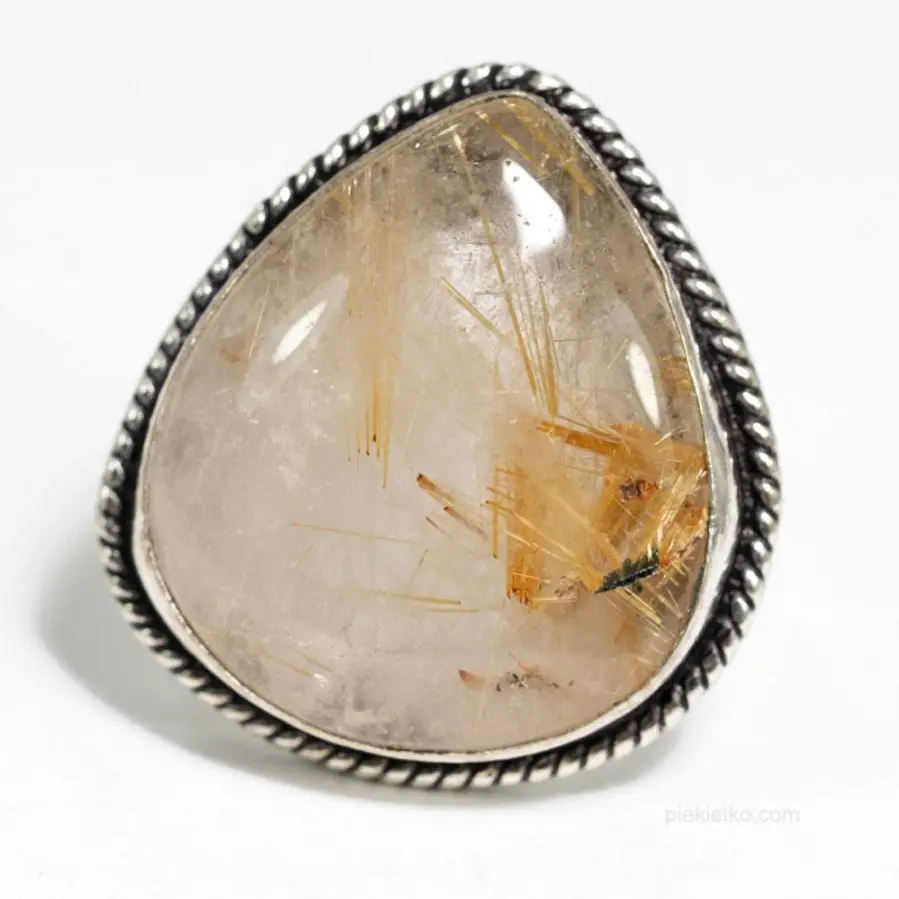
Rutile was described in 1803 by German mineralogist Abraham Gottlob Werner. Because of its common reddish color, the mineral was named rutile from the Latin word rutilus = red, reddish. Until then, rutile stone was listed as red sherlite or needlestone. It forms crystals just in the form of needles, hairs or pillars, and optically it shows similarity to sherlite. Until the chemical composition of rutile was determined, it was erroneously included in the tourmaline group, although in fact it has nothing in common with silicates.
Rutile was first discovered in the Central Urals by a German scientist working in Russia at the invitation of Catherine II the Great. He called it "radial sherlite" because of the unusual arrangement of the crystals. Until 1803, the mineral was given various names, such as "hair of Venus" or "arrows of Cupid." According to legend, this stone was formed from a lock of hair of the goddess Venus, who lost it while bathing in a mountain lake.
On the gemstone market, in addition to the real ritual, you can also buy imitations. The names of the artificially produced stones in laboratories are diamontite and titania. The creators of artificial crystals aim to create imitation diamonds rather than fake rutile.
Properties of rutile and occurrence
Chemically, rutile is titanium dioxide (TiO2) like anatas and brucite, and as a mineral belongs to the oxide cluster. It crystallizes in a tetragonal system and forms columnar, needle-like and hair-like crystals. It often forms regular adhesions called approximations, and occurs in various clusters - granular, fibrous and clumped.
Rutile shows metallic to diamond luster with full to translucent transparency. The breakthrough is shell-like, uneven, and the flakiness is complete.
The hardness of rutile on the ten-point Mohs scale is 6 to 6.5 with a mineral density of 4.18 bis 4.25 g/cm3.
Rutile occurring as thin needles and hairs embedded in sapphires and rubies gives them the ability to create radiant light reflections called asterism. In microscopic inclusions, most notably in quartz, it gives the ability to observe so-called phantom crystals, or crystals with a crystal-"ghost" trapped inside.
Rutile does not dissolve in acids and does not react to high temperatures. In its pure form, it is slightly paramagnetic. It is formed in various ways; it can be magmatic in origin and crystallize from liquid solutions, or it can be formed by metamorphic processes. Sometimes the mineral is found in sedimentary rocks due to its high resistance to weathering. It is a component of many rocks, for example, mica schist, gneiss or granite. Besides, in the process of crystal formation, rutile can often grow into ruby, rock crystal, almandine and rose quartz. Rutile needles produce wonderful asterism optical effects mainly in sapphires and rubies.
Color of rutile
The color of this mineral is not only red. Rutile crystals can also be yellow, brownish-yellow, reddish-brown, purple, blue or black - as in the case of the variety called nigrile. The color terms for rutile in the works of historical mineralogists even sound somewhat poetic today. Georg Adolf Suckow (1751-1813), a mineralogist, characterized the color of rutile as "dark blood-red, also cherry- and hyacinth-red, and sometimes reddish brown." His colleague Johann Georg Lenz (1751-1832) wrote in 1794 that rutile is "crimson red, and sometimes peach or blood red." Despite the variety of colors, the rutile's scratch remains brownish-red, that is, such a rutile is left by the mineral on an uncoated porcelain plate.
As an inclusion in other minerals, such as in quartz, rutile also shines with a strong golden yellow color, and in this form of thin crystals it is called "Venus hair," and is readily used in jewelry making. Blue or purple shades of rutile, on the other hand, are rarely encountered.
Importance and uses of rutile
Due to its high (up to 60%) titanium content, rutile was once used in metallurgy as an ore of this metal, but is now used in industry mainly for the production of a pigment - titanium white. Also in the jewelry industry, rutile is a sought-after material, processed into decorative products and jewelry. First of all, pure crystals with rutile needles embedded in them, giving beautiful optical effects of polished stones, are very popular.
The mineral known today as rutile has long attracted the attention of astrologers and healers. It owes its widespread interest in these circles to its vitality and ability to be reborn in other crystals (phantom crystals - a crystal within a crystal). The stone is used to make amulets, the purpose of which is to support the immunity of those who wear them and prevent colds. Wearing jewelry with rutile is recommended for people suffering from upper respiratory diseases.
Since the stone is sometimes referred to as "hairy" due to its hairy titanium dioxide crystals, it should be worn by people struggling with hair loss. Stones interspersed with red and gold are used by lithotherapists to treat cardiovascular diseases. Black and green stones can help people with a weakened nervous system. Ornaments with rutile should be worn during periods of depression and life's turmoil.
Magical properties have been attributed to the mineral since ancient Egyptian times. During the Middle Ages in Europe, the stone was used by fortune tellers to predict a person's future. Crystal hair was considered a bridge between the past, present and future.
Rutile and zodiac signs
Rutile has the greatest influence on such zodiac signs as Leo, Taurus and Cancer. However, representatives of other constellations can also wear jewelry with this stone, especially single people regardless of their birth month.
To a lesser degree than other zodiac signs, Aries gets along with this mineral. Libra, on the other hand, if she wears rutile, allows her to discover talents in herself that she was previously unaware of. Aquarius finds long-awaited peace of mind thanks to the mineral.
The largest rutile finds in the world
Natural rutile deposits are usually accompanied by a number of minerals, such as chlorite, quartz, apatite, albite, hematite and others. The mineral is found in many places around the world, with about 6,000 sites documented to date. Significant and unusual finds of rutile have been reported at the Graves Mountain Mine in Lincoln County (Georgia), USA, where crystals up to 15 cm in size have come to light. Particularly beautiful specimens of rutile hematite have come from the Swiss mine in Sedrun in the canton of Graubünden, as well as in the Brazilian municipality of Ibitiara in the state of Bahia. Exceptional twin crystals of rutile about 7 cm in size have been found in the Czech Republic and Azerbaijan. Needle-like rutile crystals can also be found in Poland in the Jizera Mountains and around Suwałki.
Jewelry with rutile
-
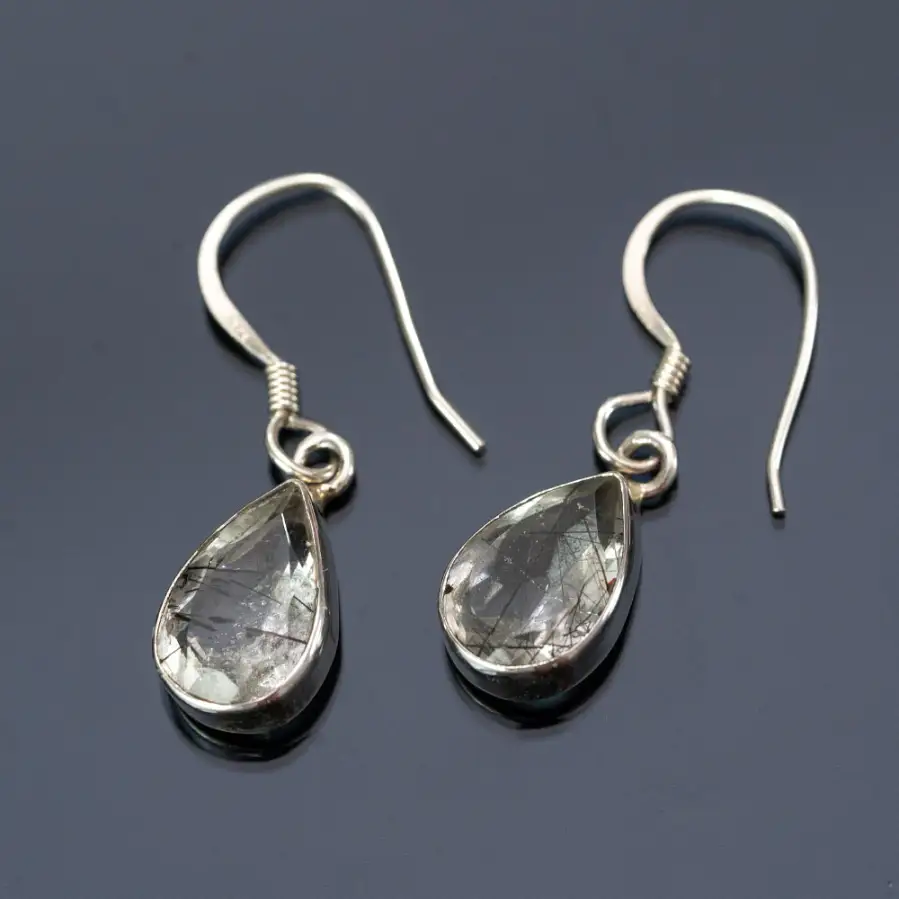
Small silver earrings with black rutile
150,00147,00 -
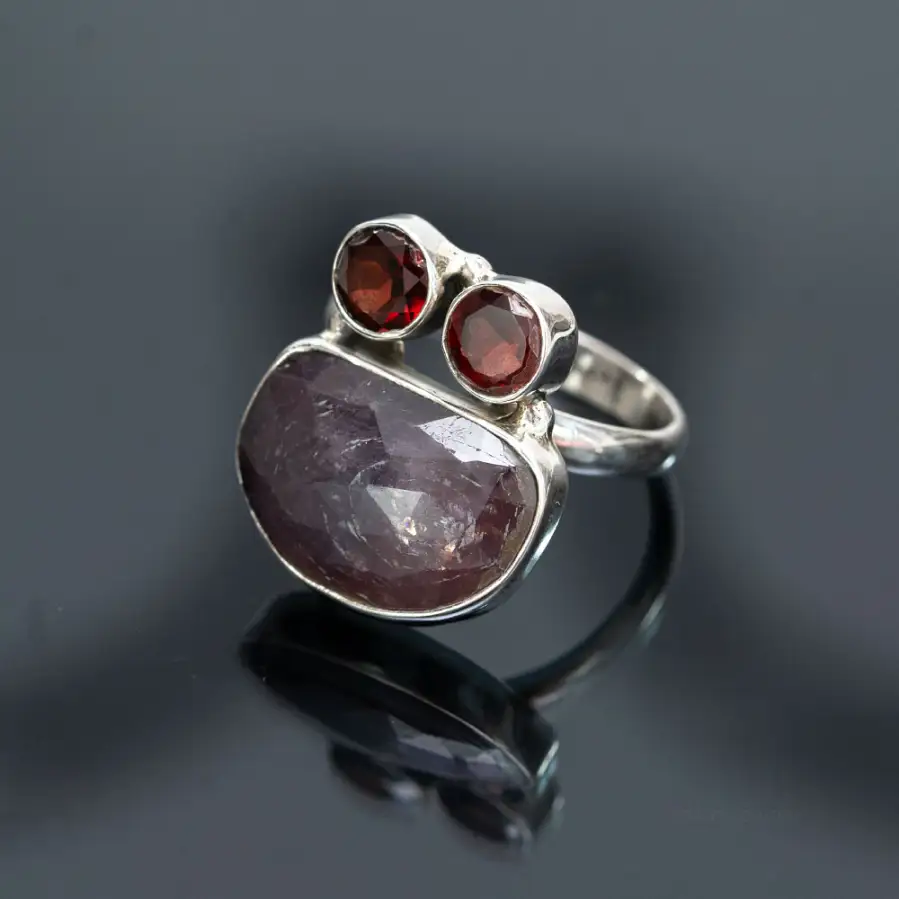
Silver Ring with Garnet and Red Rutile
320,00313,60 -
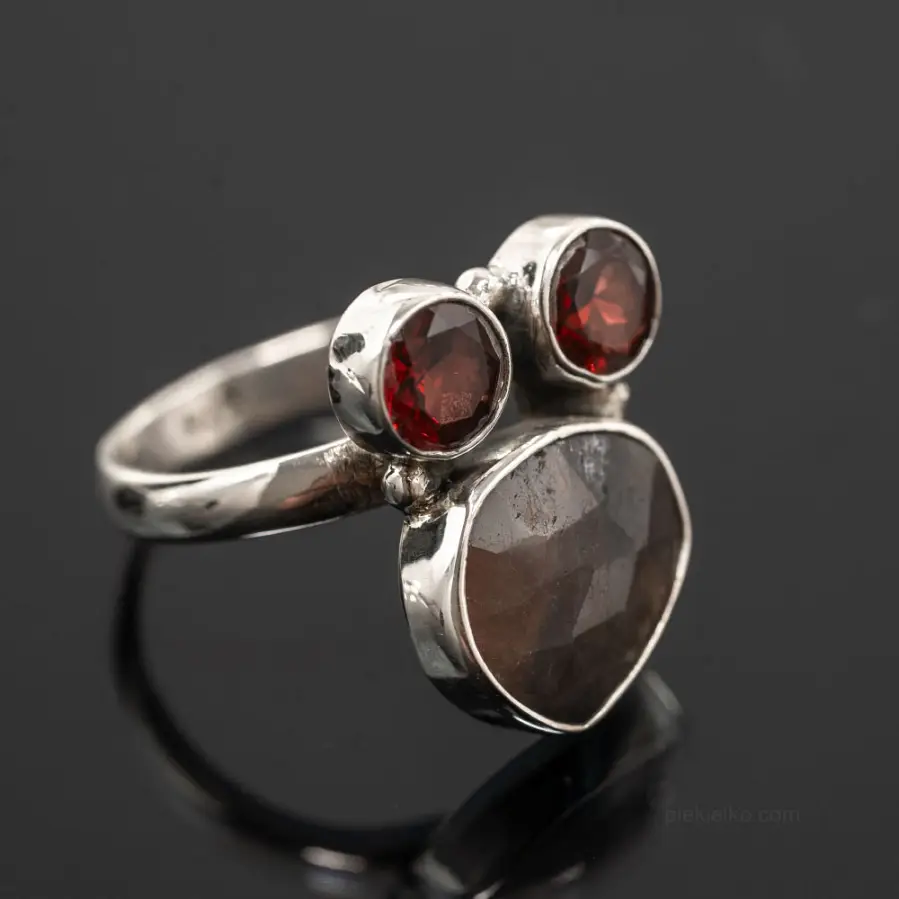
Silver ring with garnet and rutile
360,00352,80 -
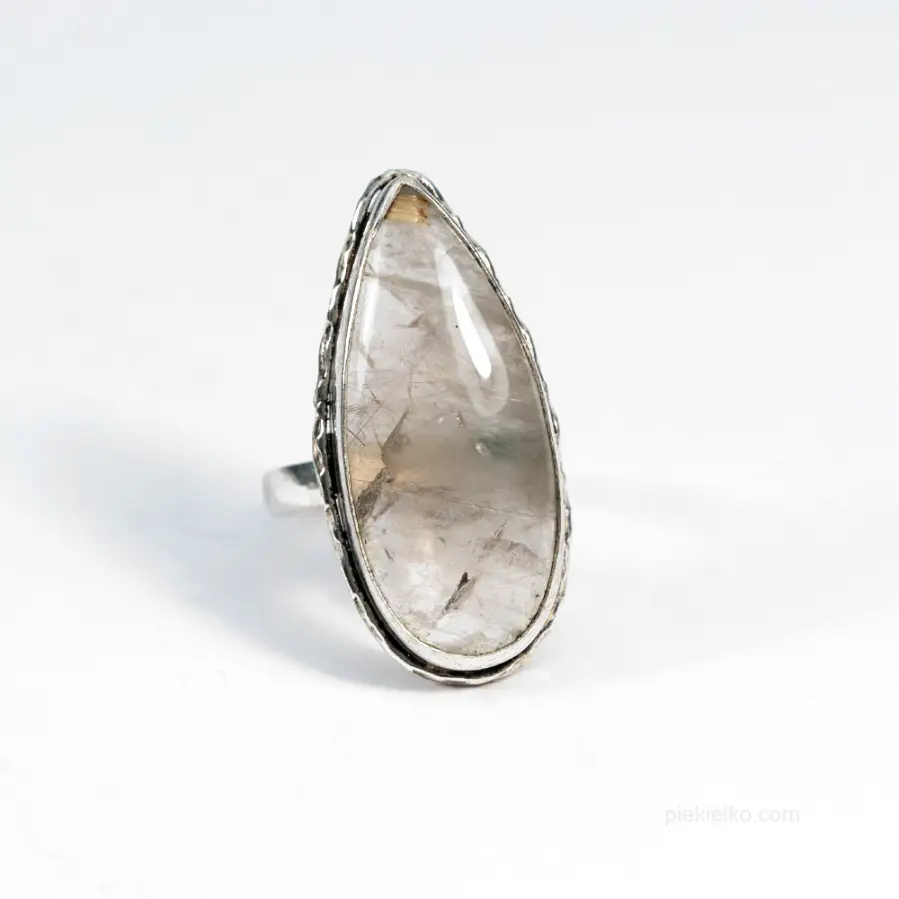
Ring with gold rutile
215,00210,70 -
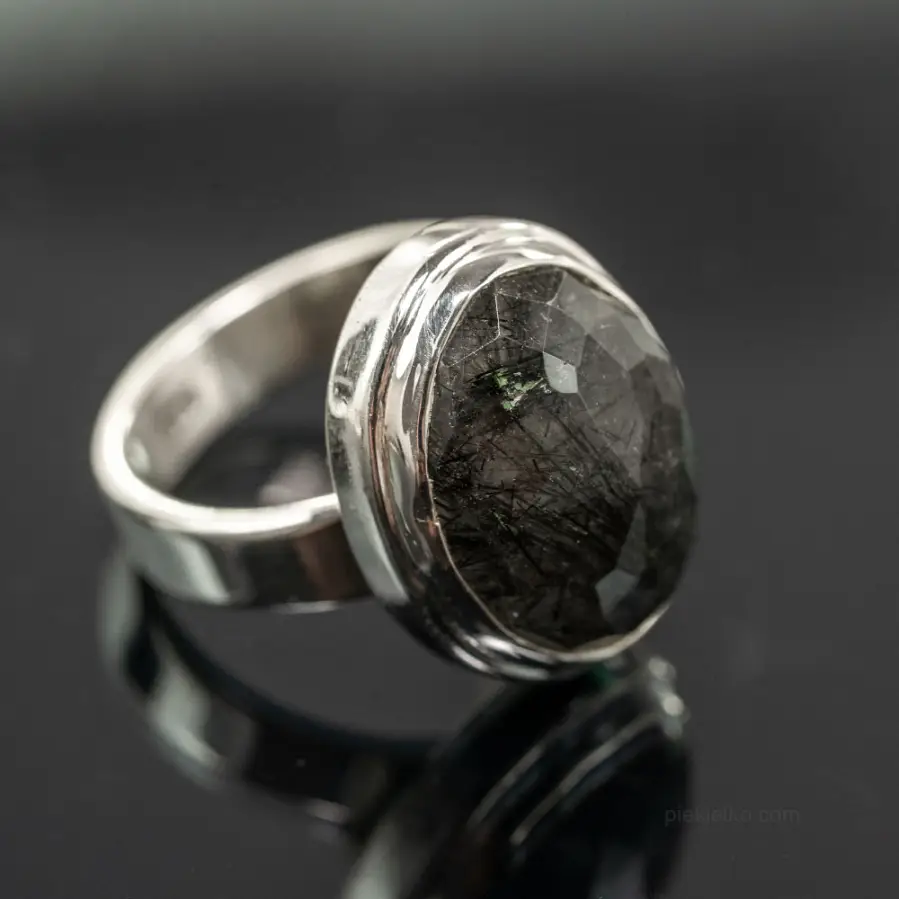
Black Rutile Beauty in the Dark
385,00377,30 -
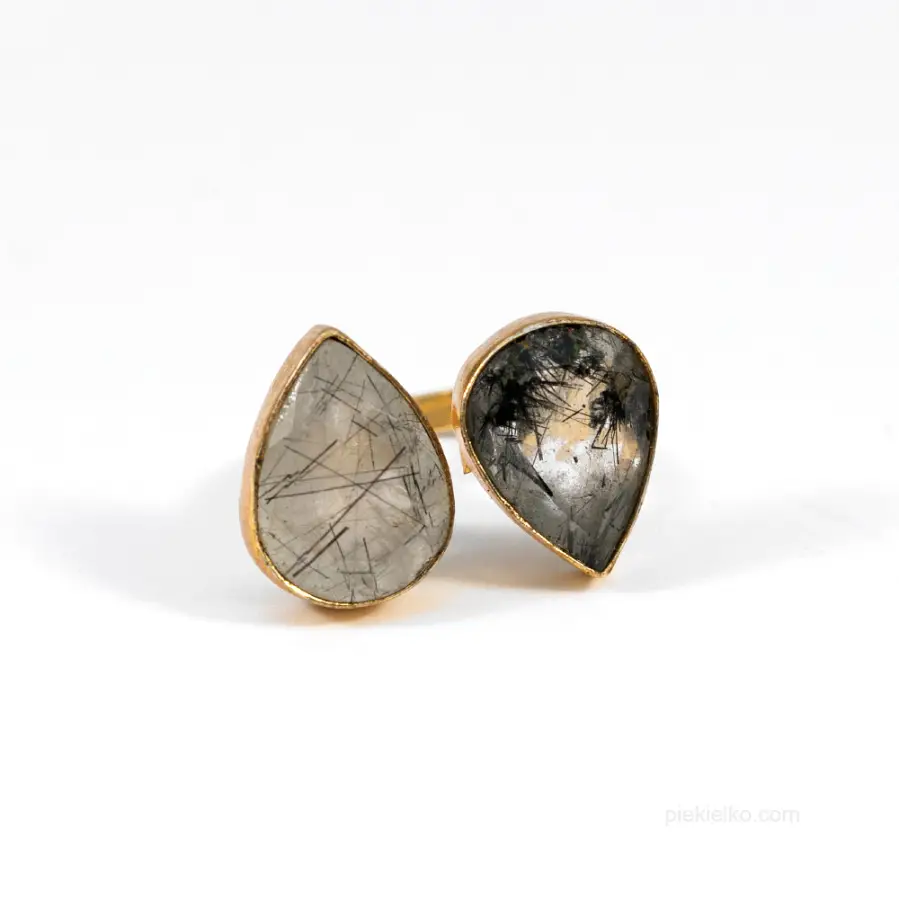
Rutile Shine, a unique ring for the brave
220,00215,60 -
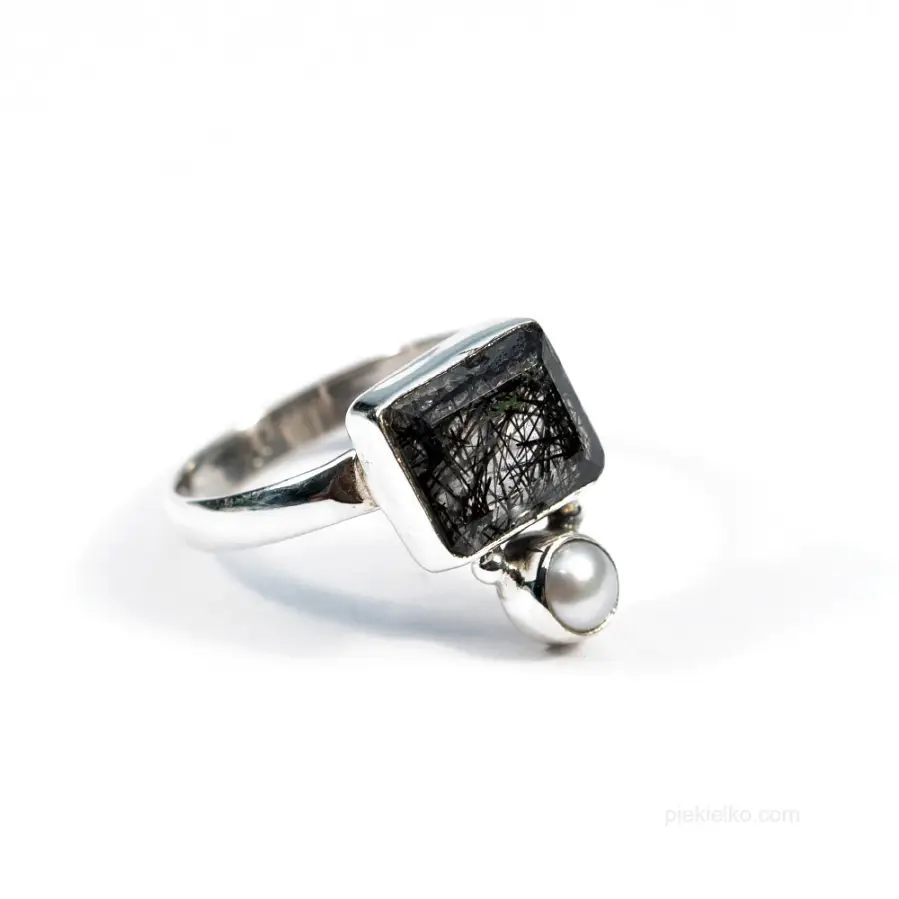
Black rutile with pearl silver ring
360,00352,80



© Piekielko.com

